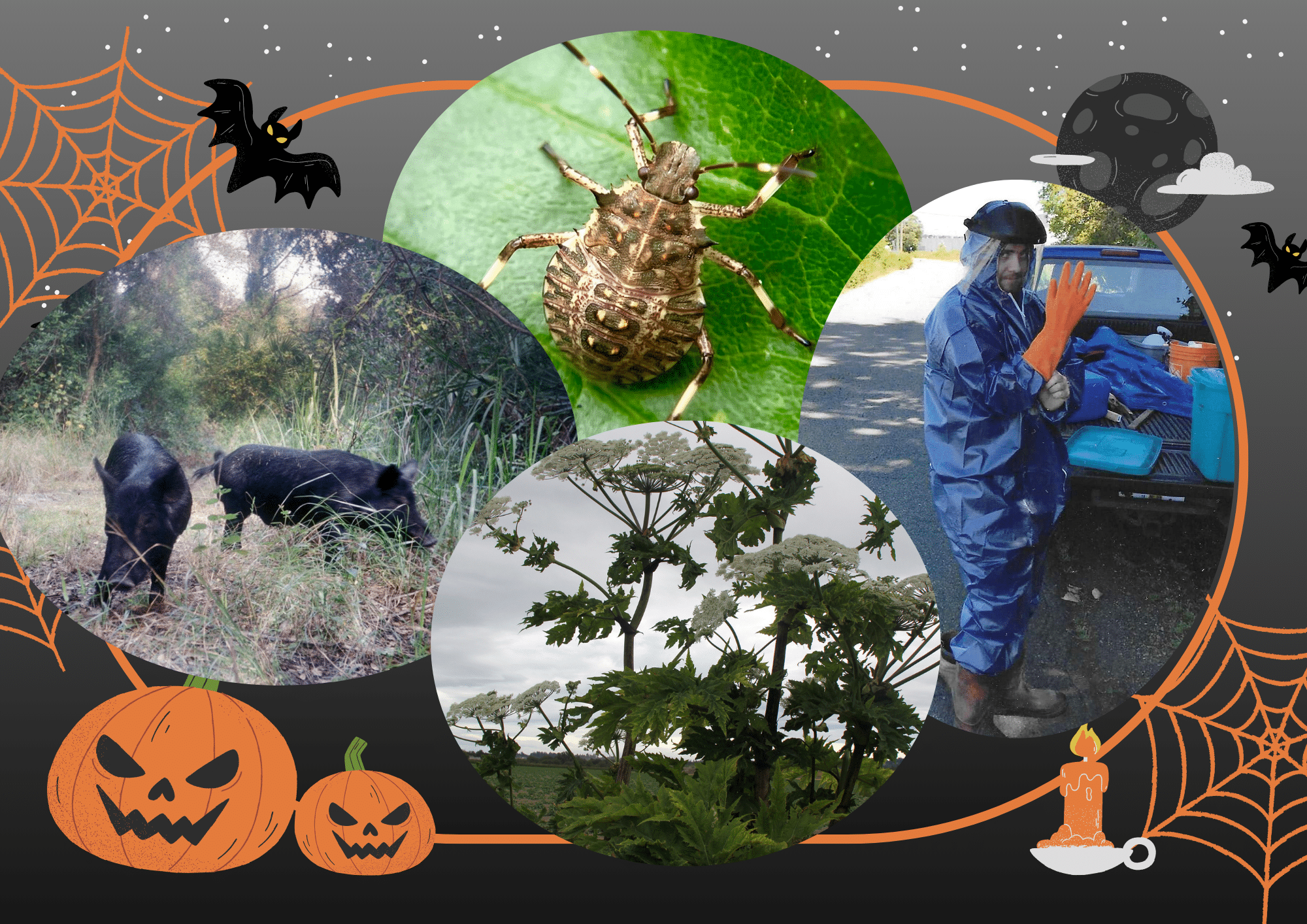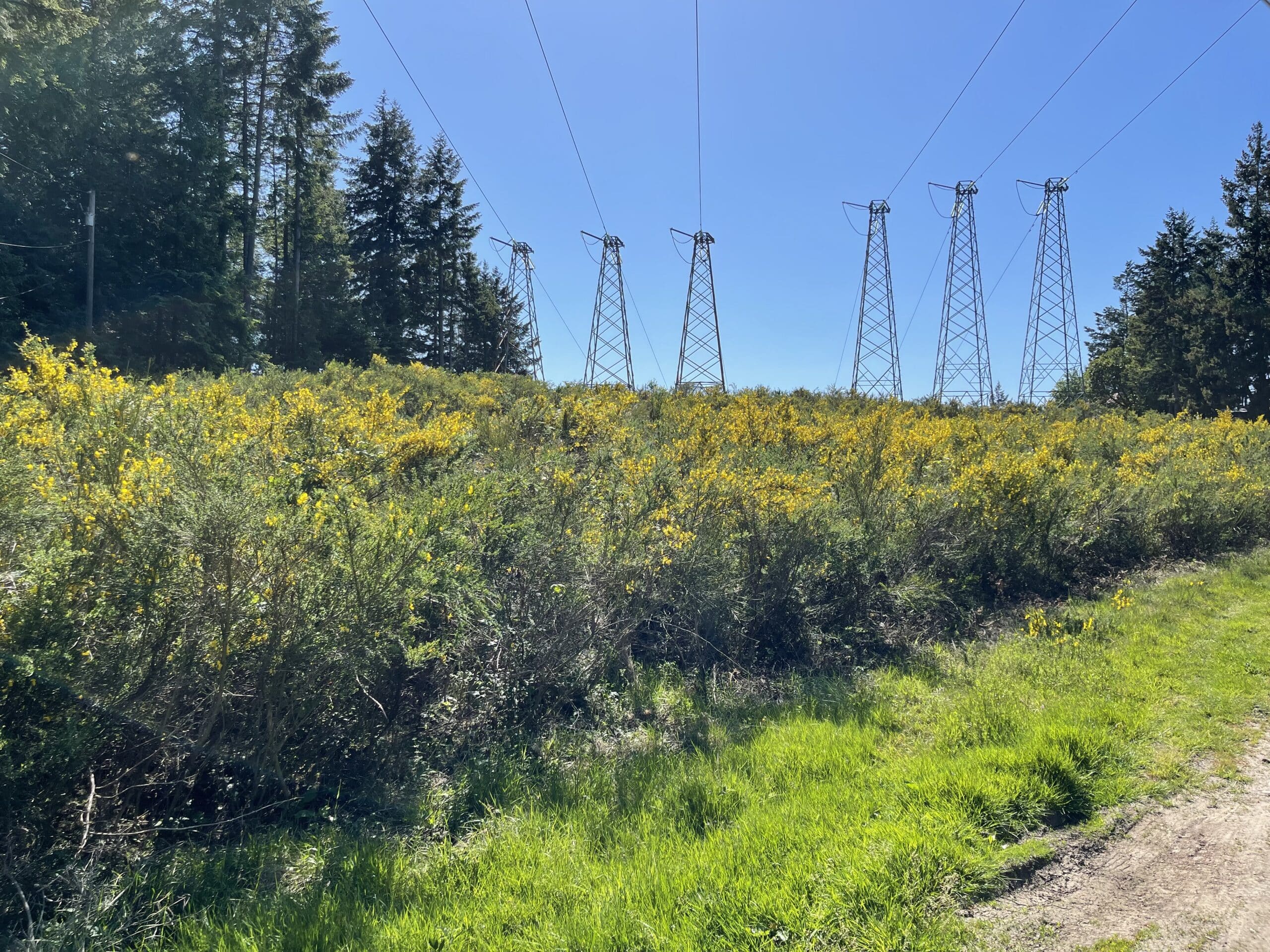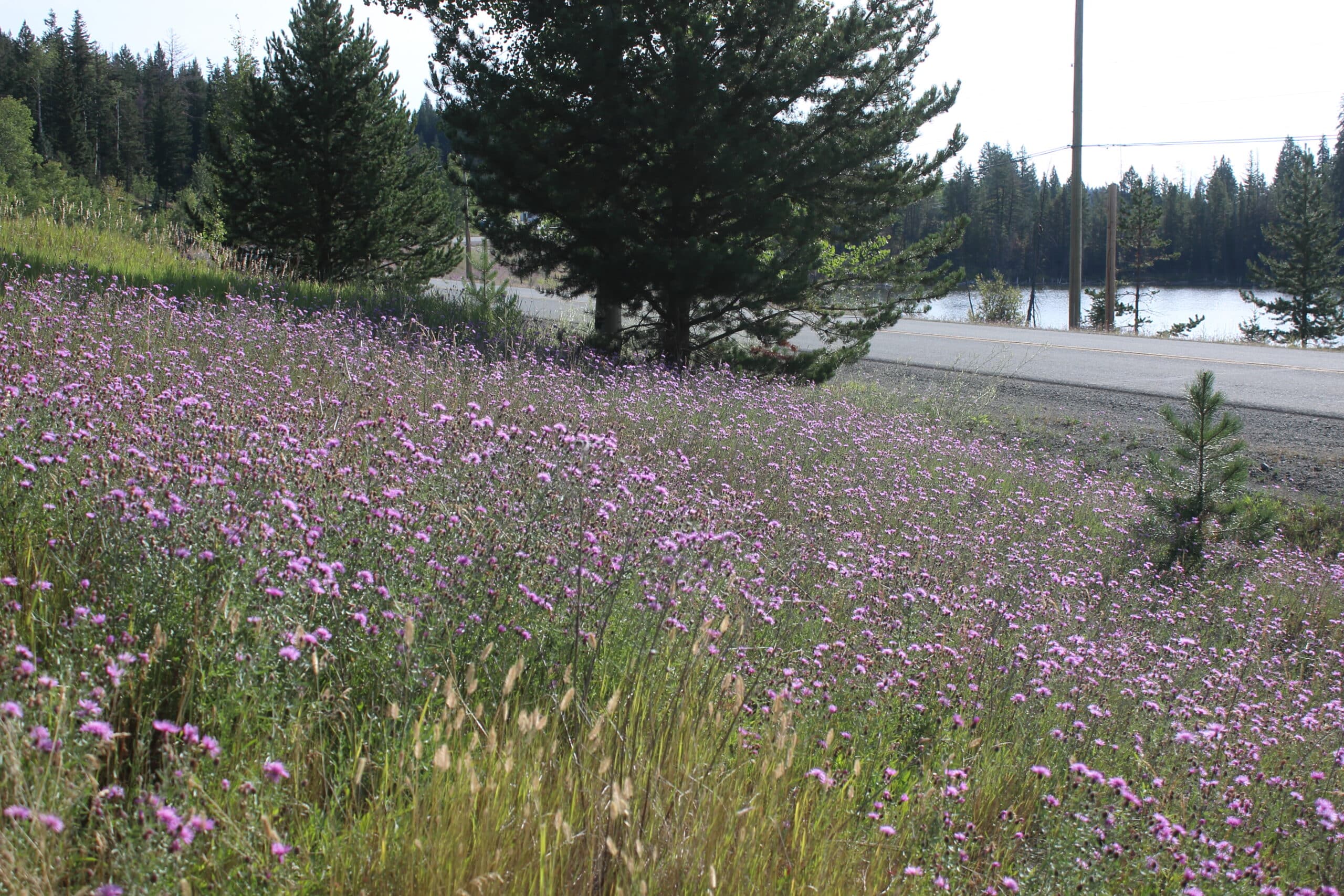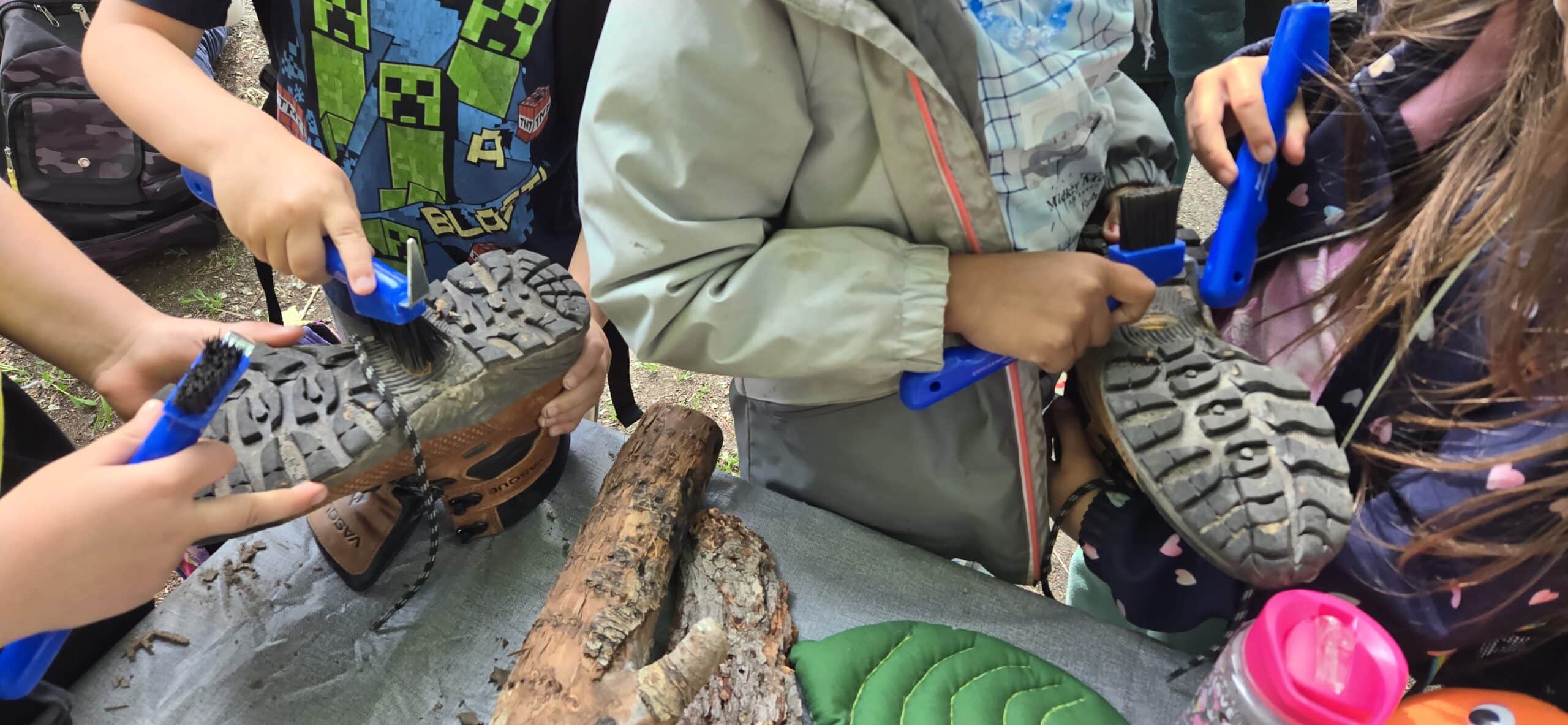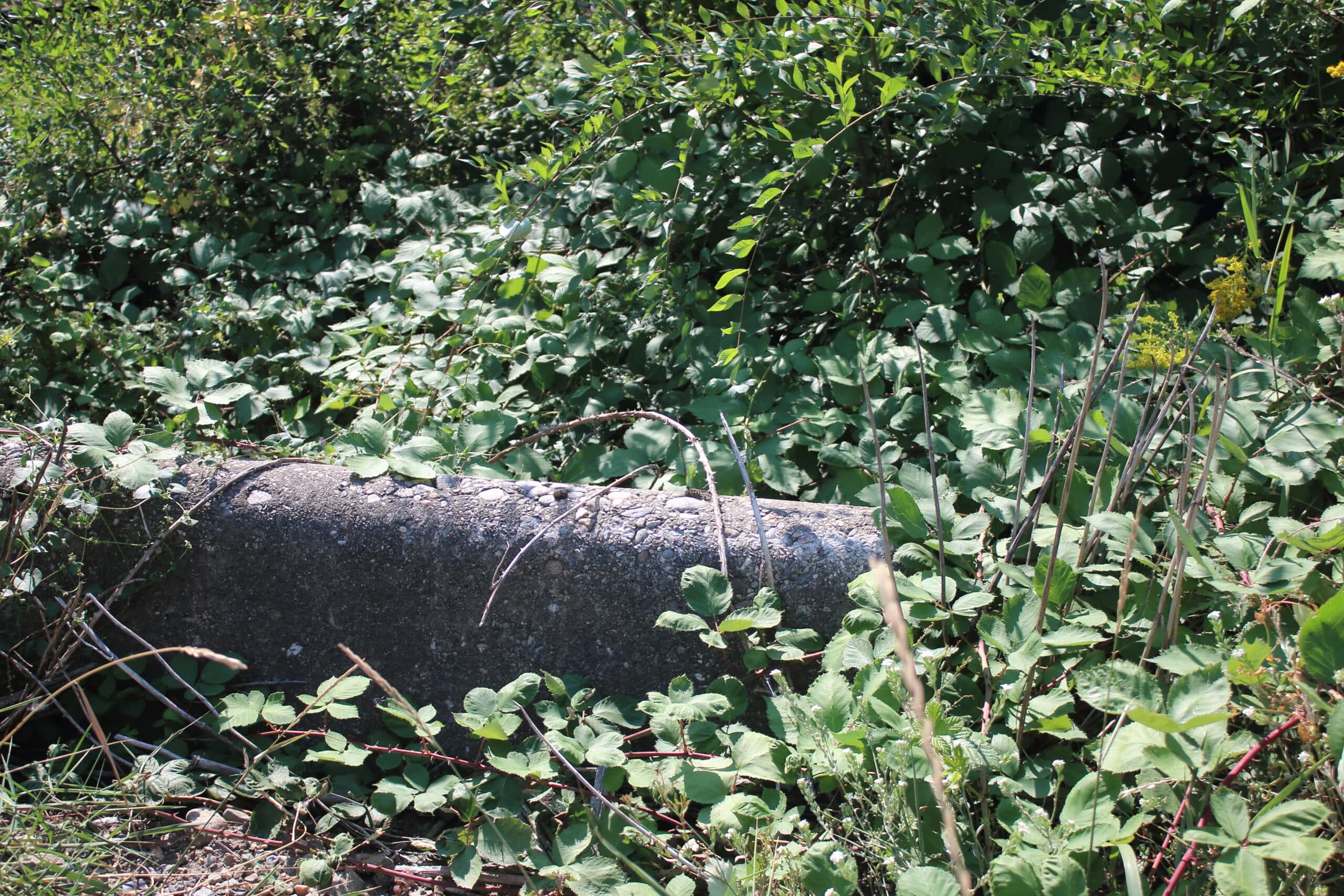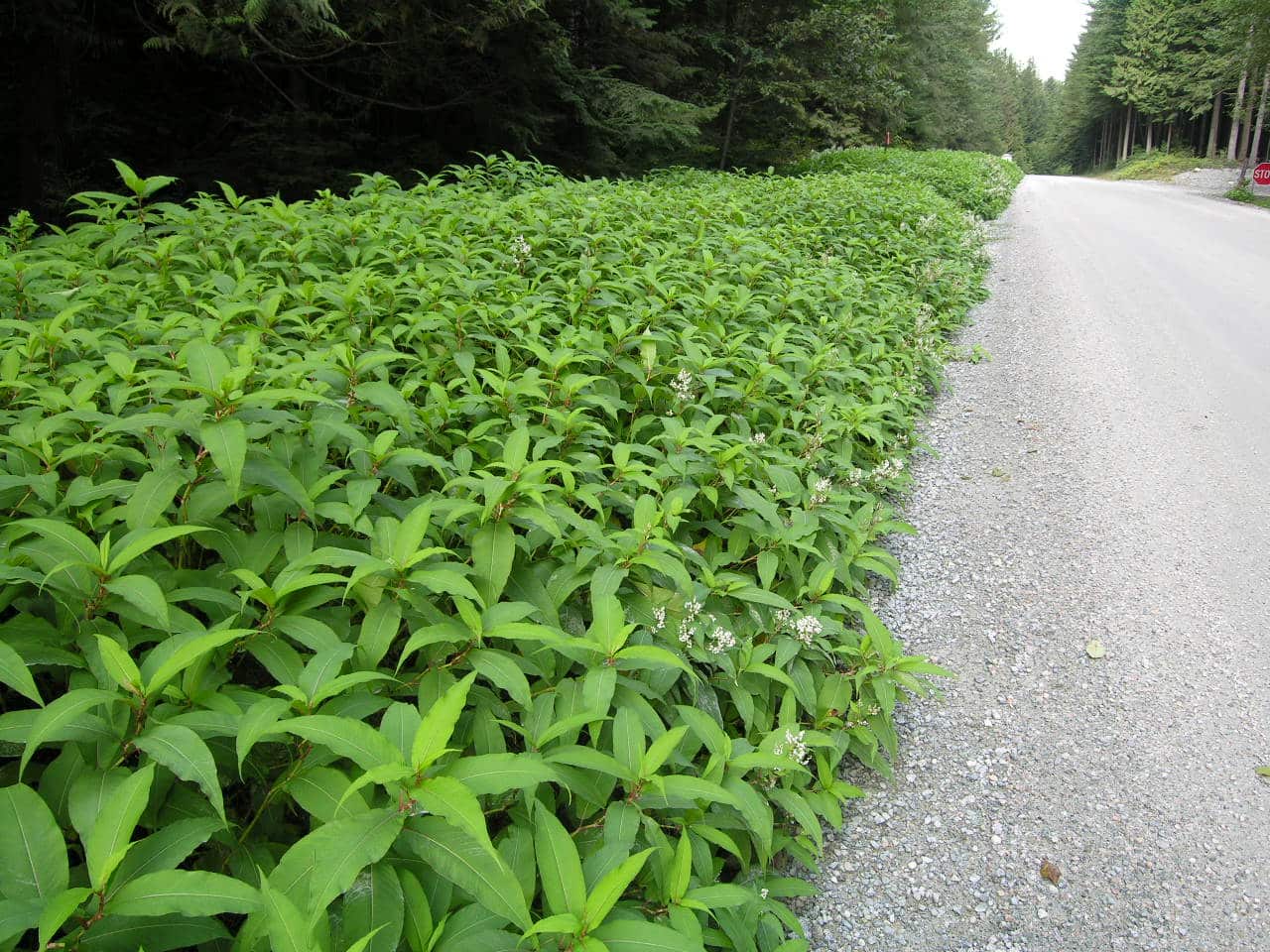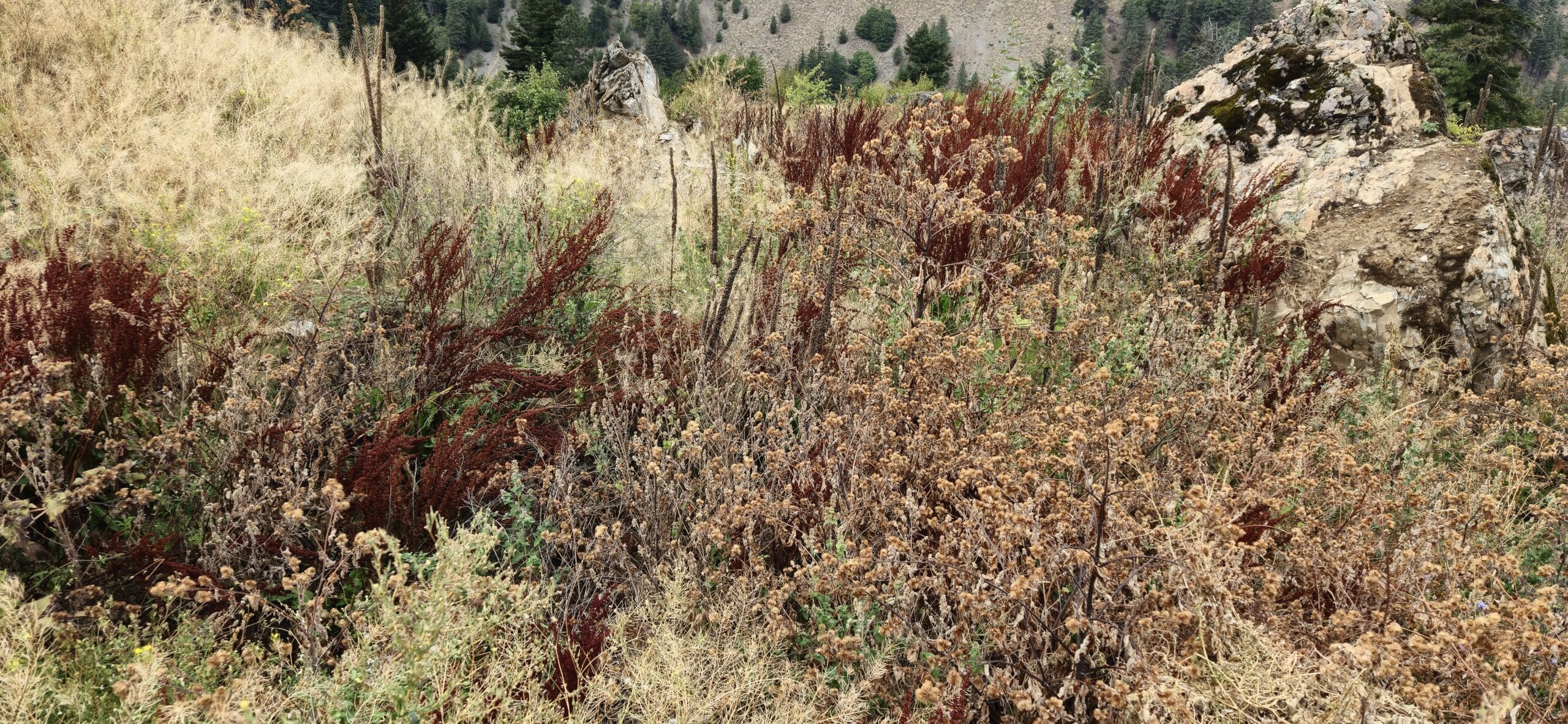By Lisa Houle | October 22, 2024
Carving pumpkins into jack-o-lanterns, trick-or-treating, and dressing in costumes and disguises – it’s all part of the ghastly fun of Halloween! While witches, ghosts and goblins can be frightening, invasive species can be just as hair-raising!
Creepy crawlies are looking for a warm place to overwinter, and what better spot than your cozy home.
“After a busy summer of being a crop nuisance –injecting digestive juices into fruit, causing bruising, blemishing and wounds that may become infected – brown marmorated stink bugs often come together in large numbers in the fall in search of wooden structures to wait out the winter,” said Nick Wong, Science and Research Manager at ISCBC. “Your home could be host to hundreds of these critters. Sweet dreams…!”

Some invasive plant species are so toxic they can burn and blind you. Most go dormant now, gathering up energy for the spring when they’ll pop up unexpectantly.
“Giant hogweed has a vigorous growth spurt in the spring, taking up space and crowding up other plants before before they even wake for the season. The sheer height of this plant is daunting with its large, canopied leaves, but that isn’t the scariest part,” said Megan Blackmore, ISCBC’s Learning Coordinator and Master Gardener. “All parts of the plant contain powerful phototoxins. If this clear, watery, highly toxic sap touches your bare skin, it can result in painful blisters and chemical burns when exposed to the sun. It can also result in blindness if the sap enters your eyes. Beware… don’t go near without wearing proper protective gear!”
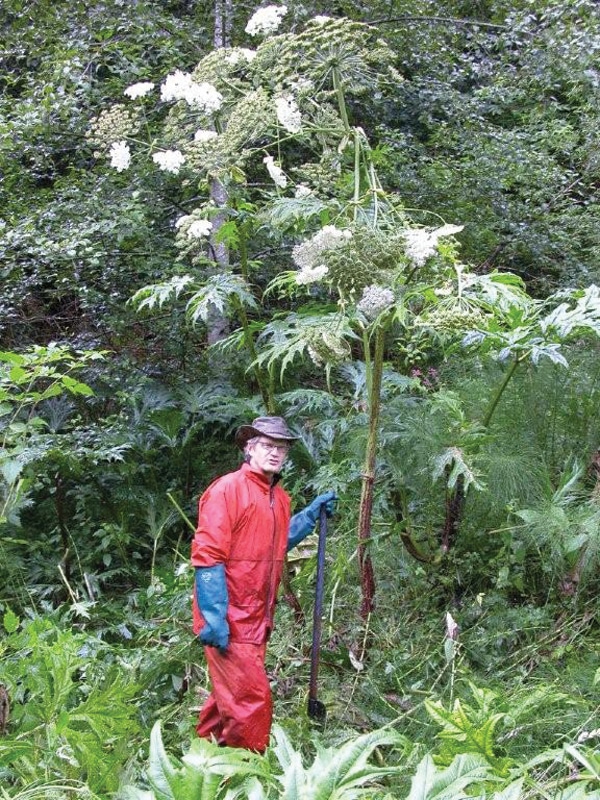
Some invasive species are known for their insatiable appetites. Devouring plants and animals, damaging ecosystems by rooting and trampling – like a movie monster, this invasive species leaves a path of destruction in its wake.
“Feral pigs are omnivores that compete with native wildlife for forage and prey on smaller animals such as reptiles, mammals like young deer, and farm animals such as goats and sheep – even eggs and ground birds are a tasty snack,” said Nick. “They can cause significant damage to habitats due to their foraging and wallowing behaviours, damaging root systems and diminishing seed banks of our native plants. This creates ideal conditions for invasive plants to move in. Rooting on the banks of sensitive riparian areas can lead to erosion and pigs can transmit pathogens through water contaminated with their feces. Cute and cuddly inside the fence, but seriously alarming when they’re wild.”

Invasive plants have incredible regenerative abilities – scary superpowers! Often all it takes is a single piece of plant to create a thriving new alien colony.
“Flowering rush can be hard to identify, often lurking in plain sight as it resembles several native species. But this delicate-looking plant is aggressive and grows quickly from seeds and deep roots – crowding out other plants, altering natural ecosystems, and reducing spawning areas for fish and food sources for wildlife,” said Megan. “With several adaptations and defenses to ensure its survival, flowering rush is one of the most difficult aquatic plants to eradicate. Like a movie cyborg, appearances are deceiving – flowering rush is determined to outlast and out survive.”

These are just a few of the invasive species in B.C. While appropriately macabre for this time of year, the damage they can do all year round is no joke. We need everyone’s help to prevent the spread.
“Maintaining the native plant and animal biodiversity of B.C. is important for our environment, our economy, and our health. Some of the easiest things we can do to prevent invasive species spread is to Clean Drain Dry anything that’s been in one waterbody before moving to the next, be Plant Wise by only planting non-invasive plants, practice Play Clean Go after enjoying the outdoors by removing invasive hitchhikers, responsibly care for your pets and Don’t Let it Loose, and Buy Local Burn Local Firewood to ensure invasive species are not accidentally moved in firewood,” said Nick. “Knowing what invasive species could do if left unchecked is spine-chilling!”
Lisa is a Communications and Outreach Coordinator at ISCBC. She values a diverse environment and connecting with others about environmental protection. In her spare time Lisa enjoys spending time at the ocean and beach combing for sea glass. You can reach Lisa at lhoule@bcinvasives.ca
Share


